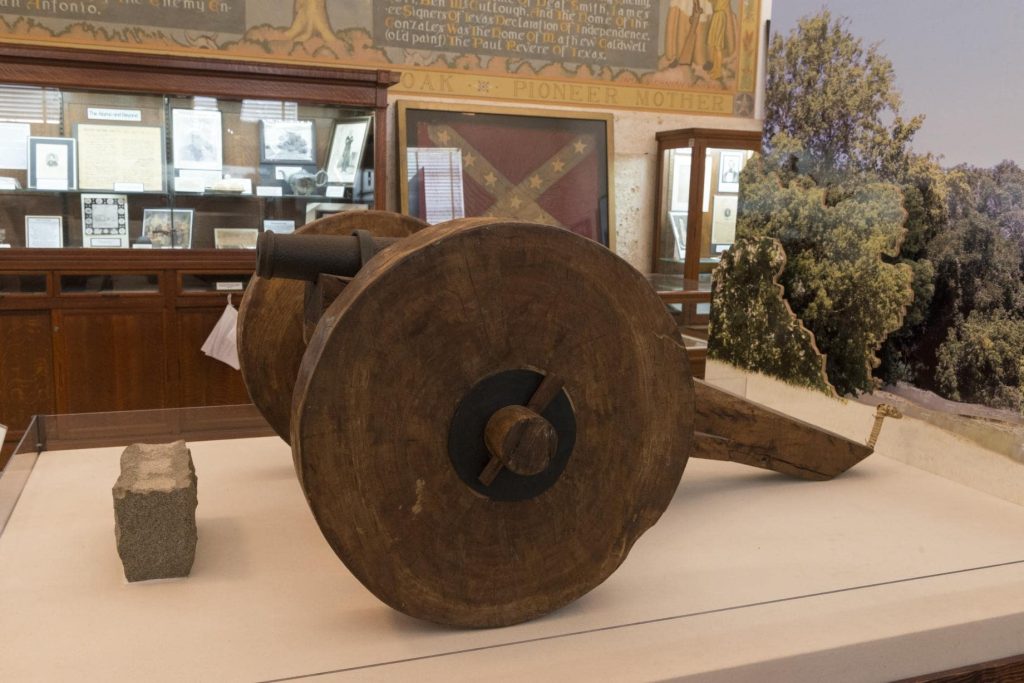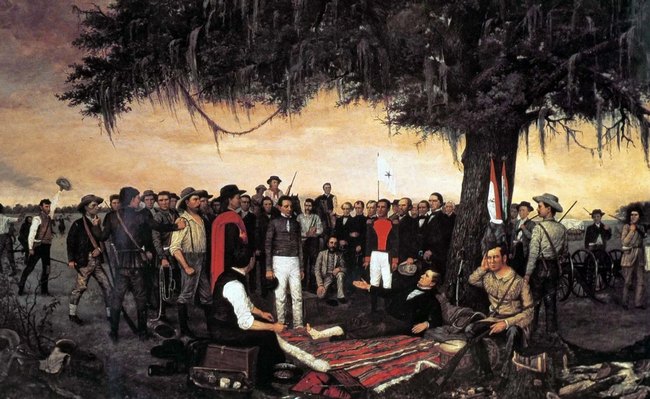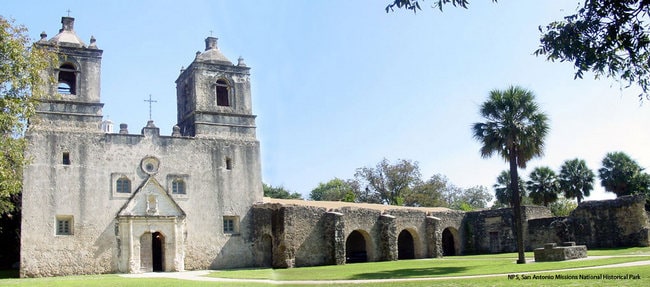
Texas history is a rich tapestry of different cultures and traditions, and the Spanish colonial period played a crucial role in shaping the region’s history. This period lasted from the early 16th century until the early 19th century, when Spain relinquished control of Texas to Mexico.
During this time, Spanish explorers and colonizers established a network of missions, forts, and towns that helped to shape the cultural and economic landscape of the region. In this article, we will take a closer look at the Spanish colonial period in Texas, examining its major events, figures, and impacts.
The Early Spanish Explorations
The first Spanish explorers to set foot in what is now Texas were Alvar Nunez Cabeza de Vaca and his companions, who landed near Galveston Island in 1528. The group had been shipwrecked while exploring the Gulf Coast, and they spent the next several years wandering across what is now Texas, encountering various Native American groups along the way. Cabeza de Vaca’s account of his travels, known as the Relacion, provided the first detailed description of the geography, flora, and fauna of the region.
Other Spanish explorers soon followed in Cabeza de Vaca’s footsteps, including Francisco Vasquez de Coronado, who led an expedition to search for the fabled Seven Cities of Gold in 1540-1542. While he did not find the gold he was looking for, Coronado’s expedition did result in the first detailed maps of the Texas interior.
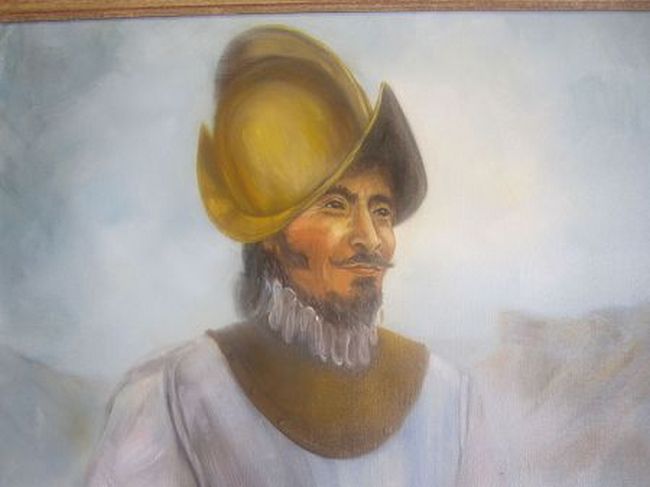
Source: exploration.marinersmuseum.org
The Spanish Mission System
In the late 17th century, the Spanish began to establish missions in Texas as part of their effort to convert Native Americans to Christianity and establish a foothold in the region. The first mission, San Francisco de los Tejas, was founded in 1690 near present-day Augusta, and others soon followed. These missions were typically established in areas where Native Americans lived, and they provided food, shelter, and religious instruction to the local population.
Tejanos are people of Mexican descent who are native to the state of Texas or who have lived in Texas for generations. The term “Tejano” comes from the Spanish word for “Texan.”
One of the most important figures in the Spanish mission system was Father Antonio Margil de Jesus, who founded several missions in East Texas in the early 18th century. Margil was known for his strict adherence to Catholic doctrine and his tireless efforts to convert Native Americans to Christianity. He also played a key role in establishing the San Antonio de Valero mission in 1718, which would later become known as the Alamo.
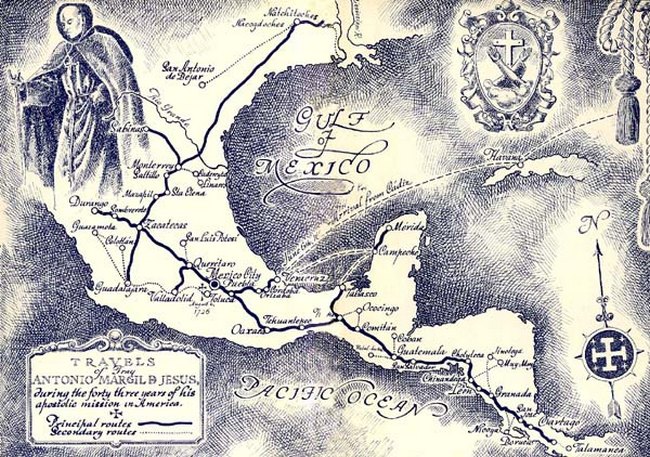
Source: www.tshaonline.org
The Spanish Forts
Along with the missions, the Spanish also built a series of forts in Texas to protect their settlements from Native American raids and incursions by other European powers. One of the most important of these forts was Presidio La Bahia, which was founded in 1721 near present-day Goliad. The fort played a crucial role in protecting Spanish settlements in South Texas and was the site of several important battles during the Texas Revolution.
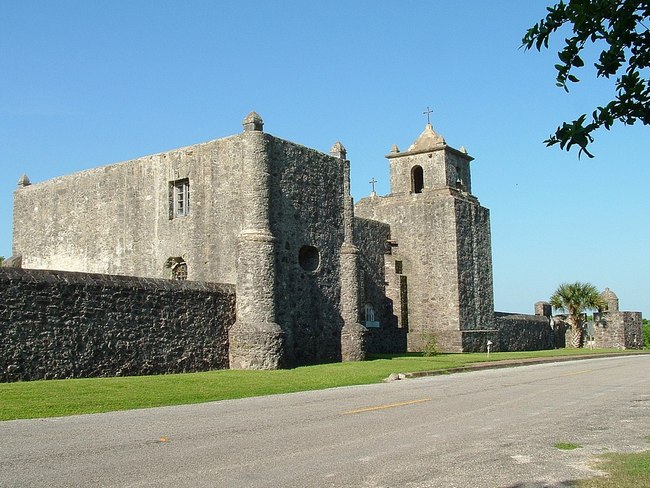
Source: en.wikipedia.org
The Spanish Influence on Texas Culture
The Spanish colonial period had a profound impact on the culture and traditions of Texas, and many of these influences can still be seen today. One of the most significant of these is the Spanish language, which remains the second most commonly spoken language in the state. Spanish cuisine, music, and art also continue to play an important role in Texas culture, with dishes like enchiladas, tacos, and tamales being staples of Tex-Mex cuisine.
The Spanish legacy is also visible in the architecture of many Texas towns and cities, with buildings like the Alamo and San Fernando Cathedral in San Antonio serving as reminders of the state’s colonial past. Spanish place names, such as San Antonio, El Paso, and Corpus Christi, are also common throughout the state.
The End of the Spanish Colonial Period
The Spanish colonial period in Texas came to an end in the early 19th century, as Mexico gained independence from Spain in 1821. With the loss of their colonial power, Spain gradually relinquished control of its North American territories, including Texas. However, tensions between Mexican authorities and Anglo-American settlers in Texas eventually led to the Texas Revolution in 1835-1836.
The Battle of San Jacinto in 1836 resulted in the defeat of Mexican forces and the establishment of the Republic of Texas, which remained an independent nation until it was annexed by the United States in 1845. Despite the end of the Spanish colonial period in Texas, the legacy of Spain and its influence on Texas culture and history continues to be felt today.
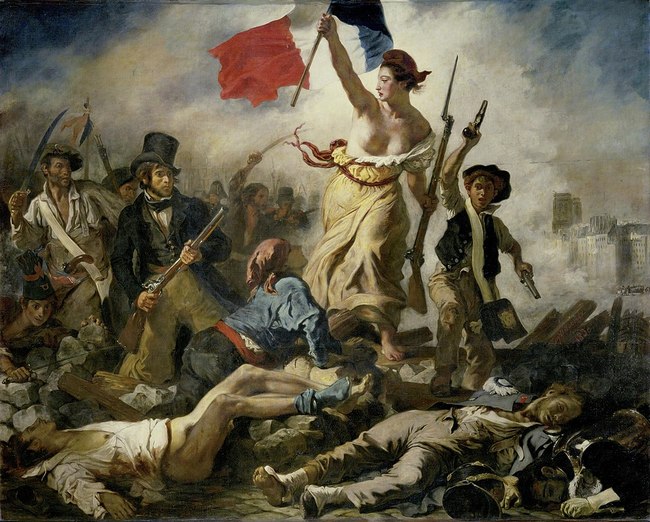
Source: en.wikipedia.org
Tejanos
Tejanos are people of Mexican descent who are native to the state of Texas or who have lived in Texas for generations. The term “Tejano” comes from the Spanish word for “Texan.”
Tejanos have a long history in Texas, dating back to the early Spanish colonial period in the 18th century. Spanish settlers established missions and presidios (forts) in Texas to protect their interests and expand their territory. Over time, a distinct Tejano culture developed, blending elements of Spanish, Mexican, and Native American cultures.
FAQ
What was the significance of the Spanish mission system in Texas?
Who were some of the key figures in the Spanish colonial period in Texas?
How did the Spanish influence Texas culture and traditions?
What led to the end of the Spanish colonial period in Texas?
Conclusion
The Spanish colonial period in Texas was a complex and dynamic era that shaped the region’s history in profound ways. Spanish explorers, missionaries, and soldiers established a network of missions, forts, and towns that played a crucial role in shaping the cultural and economic landscape of the region. Spanish language, cuisine, and architecture continue to be significant parts of Texas culture, and the legacy of Spain’s presence in the region can still be seen today. While the Spanish colonial period in Texas may have come to an end, its impact on the region remains deeply ingrained in its history and identity.
